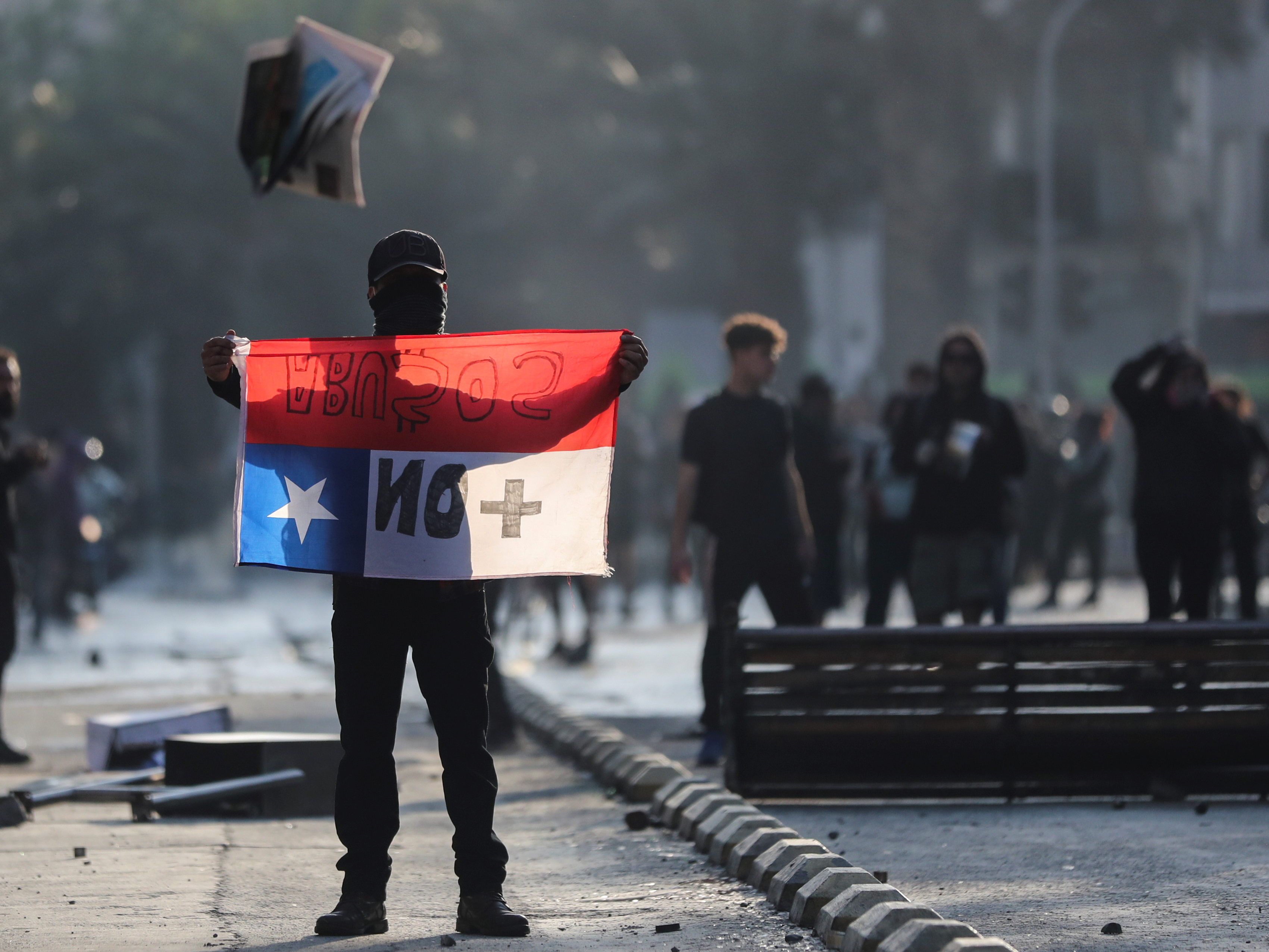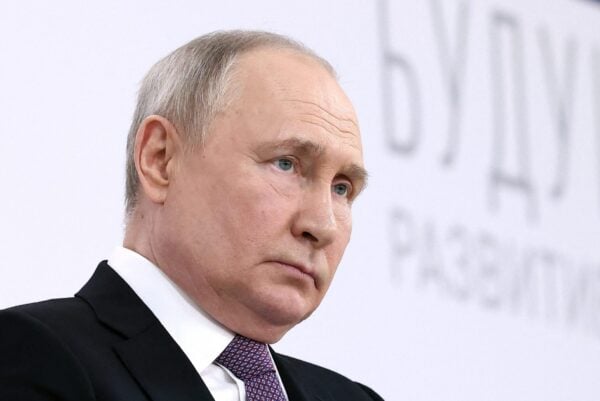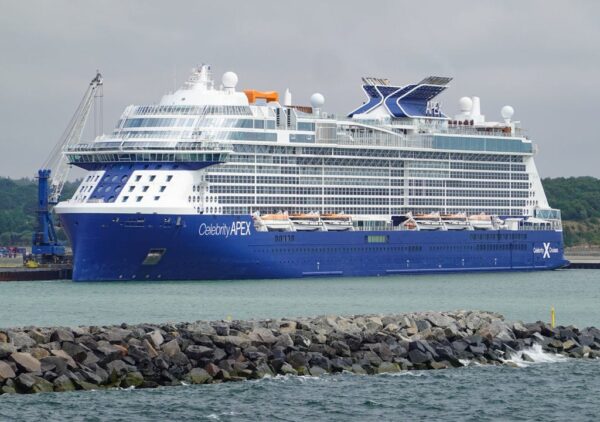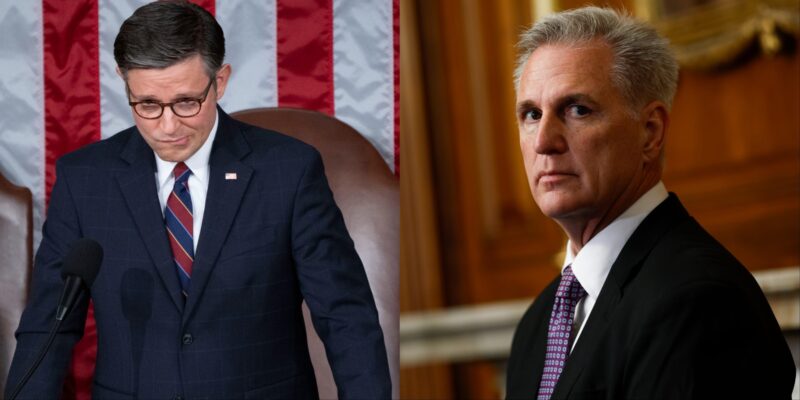- Chile has been engulfed in protests for the last week since the country’s government proposed raising fare costs for public transportation.
- Three people died in a supermarket fire related to the protests, and at least 180 people have been arrested. Thousands marched in the streets of Chile’s capital, Santiago.
- Chilean president Sebastián Piñera declared a state of emergency, and announced Saturday that the price hike plan would be suspended. However, protests have continued.
- Visit Business Insider’s homepage for more stories.
Thousands have been protesting in Chile’s capital over the past week since the country’s government proposed raising prices for its public transit system.
Photos from the scenes in Santiago, Chile have shown buses and subway stations engulfed in flames, and protesters clashing with armed military soldiers in charge of restoring order. The protests have resulted in at least three deaths after a supermarket near the capital was reportedly looted and burned.
Even after Chilean president Sebastián Piñera announced Saturday that plans for the subway fare hike would be suspended, the violent and fiery protests have continued.
Here are some the photos that shed light on the widespread protests through the streets of Chile’s capital:
The Chilean government recently announced it planned to increase public transit fares by 4% — raising them from the equivalent of $1.12 to $1.16. the price hike reportedly went into effect Oct. 6.
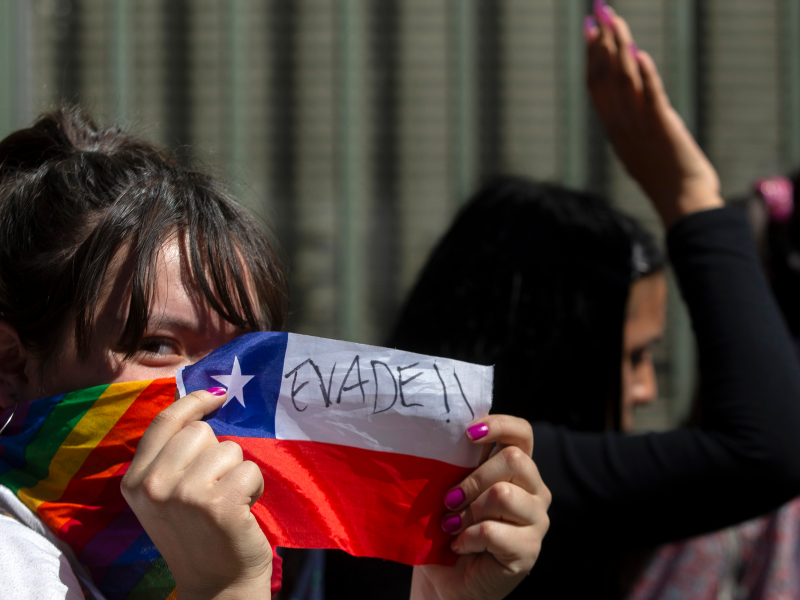
Source: Associated Press
But on Monday, students started to protest through Santiago, Chile in a mass fare-evasion campaign, jumping over and dipping under turnstiles in the subway to avoid paying.
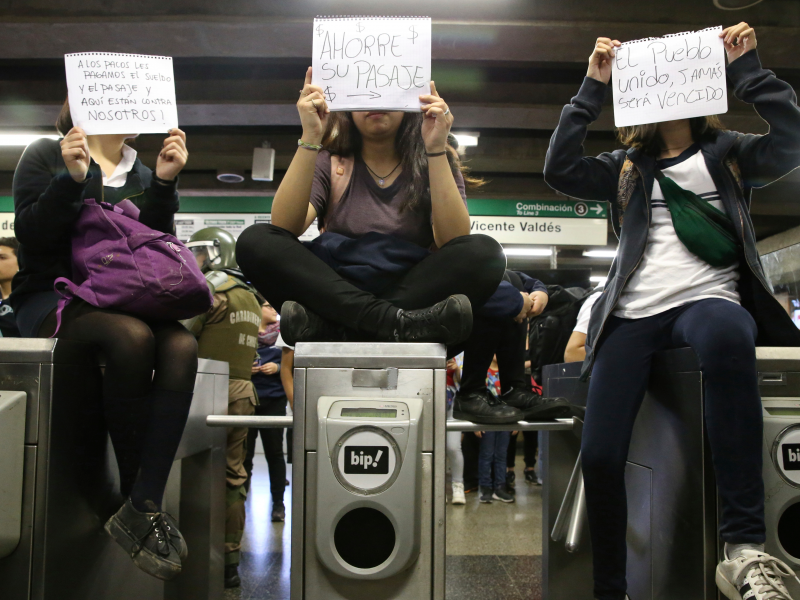
Source: Associated Press
By the time of Friday's afternoon commute, protests had turned violent. Protesters vandalized subway stations, smashed glass, set buses and trains on fire, and threw objects onto metro tracks.

Source: NPR
Chilean police and military were brought into Santiago to quell protesters and remove them from the subways. Armed with riot gear and batons, authorities were met with resistance and used force to arrest protesters.

Source: NPR
Subway service in Santiago was promptly suspended Friday after protests reached a fever pitch. Thousands of commuters were stranded coming home from work.

Source: AP
With entrances to subway stations closed, the protests moved to the streets by Friday night, and have continued there.

On Friday evening, a high-rise belonging to electricity provider Enel Chile was reportedly torched after it was targeted by a firebomb.

Source: NPR
Chile's president, Sebastián Piñera, declared a state of emergency in affected areas as protests raged on into early Saturday morning. The state of emergency gave the military the ability to restrict assembly and protest.

Source: AP
"The objective of this state of emergency is very simple, but very profound," Piñera said, in a televised announcement. "It's to ensure public order, bring peace to Santiago and protect public and private property."
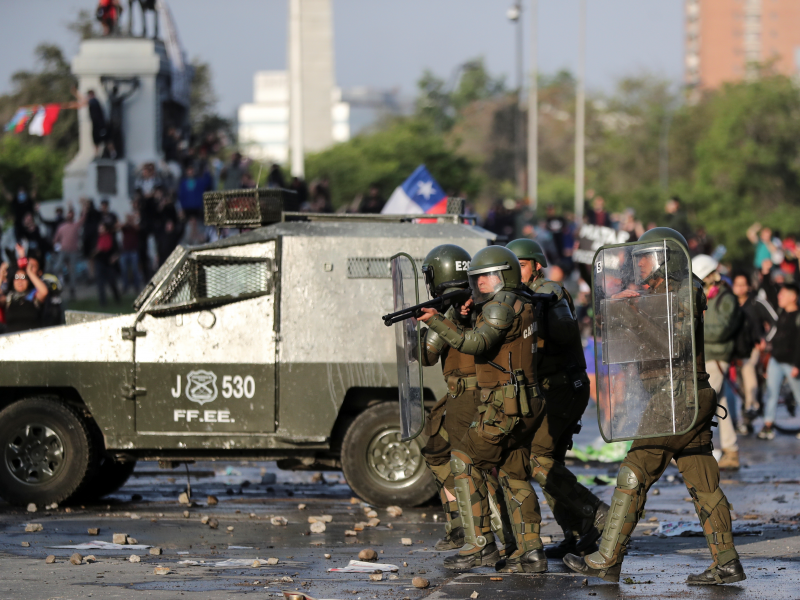
Source: CNN
The government also took swift action to invoke a law that would then allow them to harshly prosecute the "true criminals" involved in damaging the subway system, Chile's president said. Under the law, offenders could face three to five years in jail.
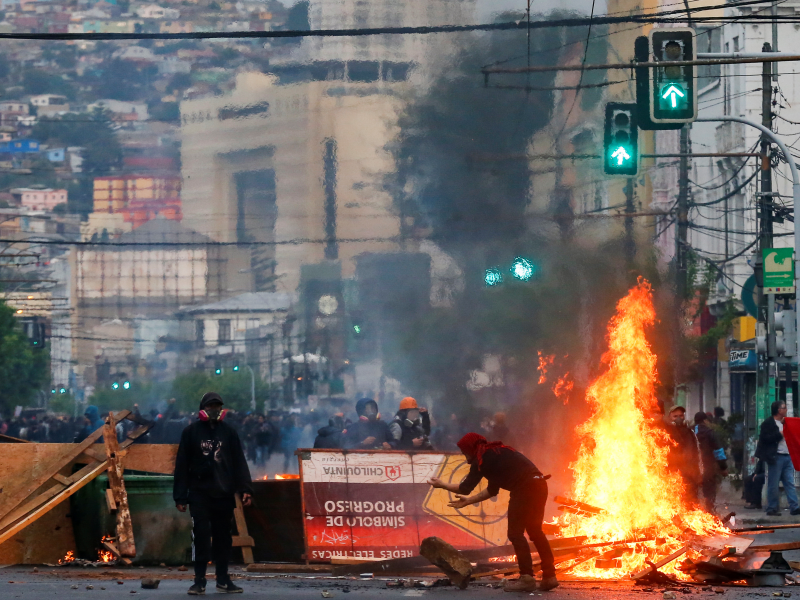
Source: NPR
Without access to subway stations, protesters set fires at station entrances and to public buses, and looted and vandalized streets and storefronts.

Military and their armed vehicles tried to push back protesters and clear the streets using tear gas and water cannons.

By the end of Friday's protests, at least 180 people had been arrested and 57 police officers were injured, authorities said. There's no word on how many protesters have been injured.
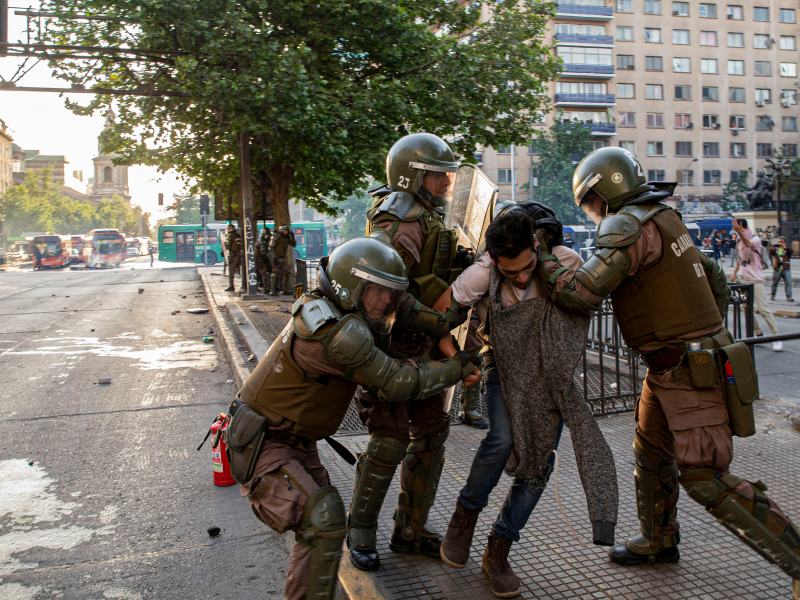
Source: CNN
Protests continued through Saturday. Buildings were set on fire, and thousands continued to march through the streets in Santiago.
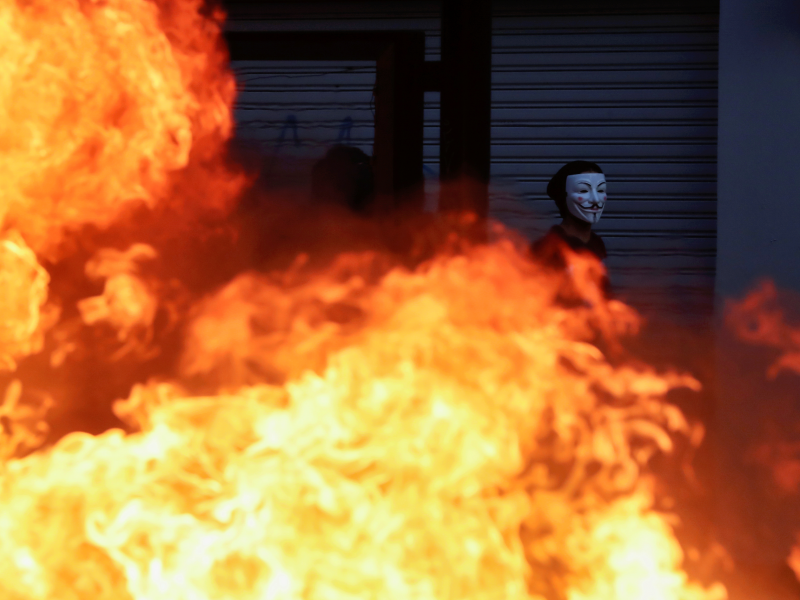
Piñera, Chile's president, announced Saturday that the government would suspend plans for the fare hike. "I have listened with humility and with great attention to the voice of my compatriots," the president said.

Source: NPR
However, despite the reversal of the price increase, the protests raged on in Santiago.

Authorities instated a nighttime curfew Saturday through the Santiago metro area in an effort to establish order in the city. The curfew was in place until 7 a.m. Sunday local time. It didn't stop protesters from demonstrating in the streets.
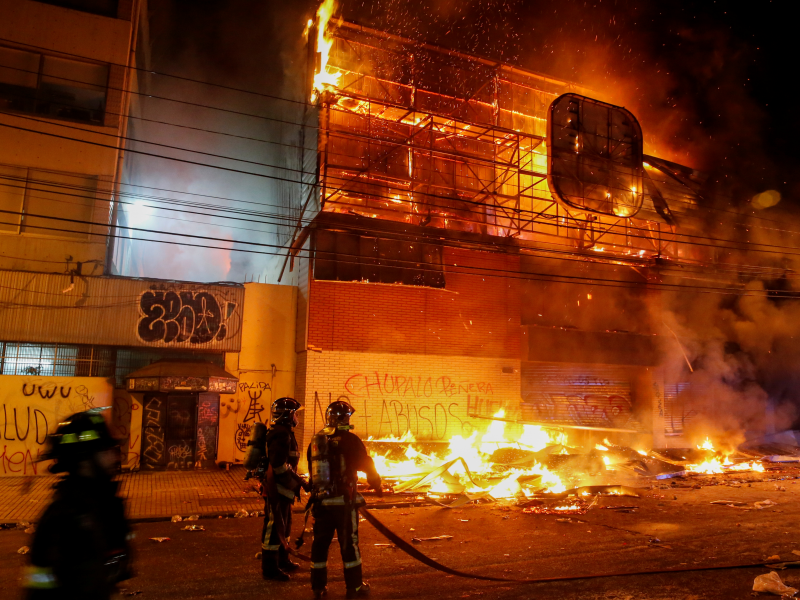
Source: CNN
Soldiers have been patrolling the streets of Santiago around the clock. It's reportedly the first time soldiers have done this since Chile's military dictatorship fell in 1990.
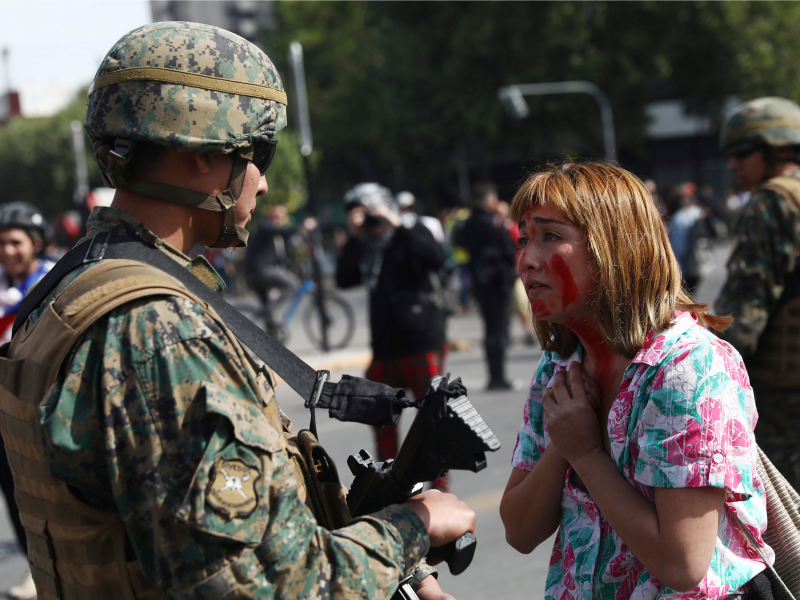
Source: NPR
The first deaths related to the protests were reported Sunday. Santiago's mayor, Karla Rubilar, said three people had died in a fire at a supermarket that was looted and set aflame.

Source: CNN
Because of "serious damage," Santiago's transportation system will be closed through Sunday, according to the metro's website. If protests continue through Sunday, it could likely be longer.
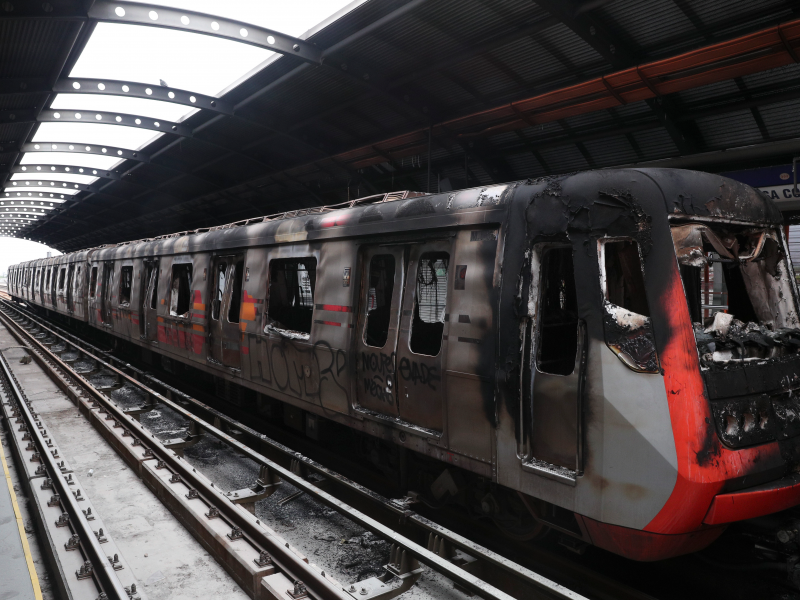
Source: Metro de Santiago

